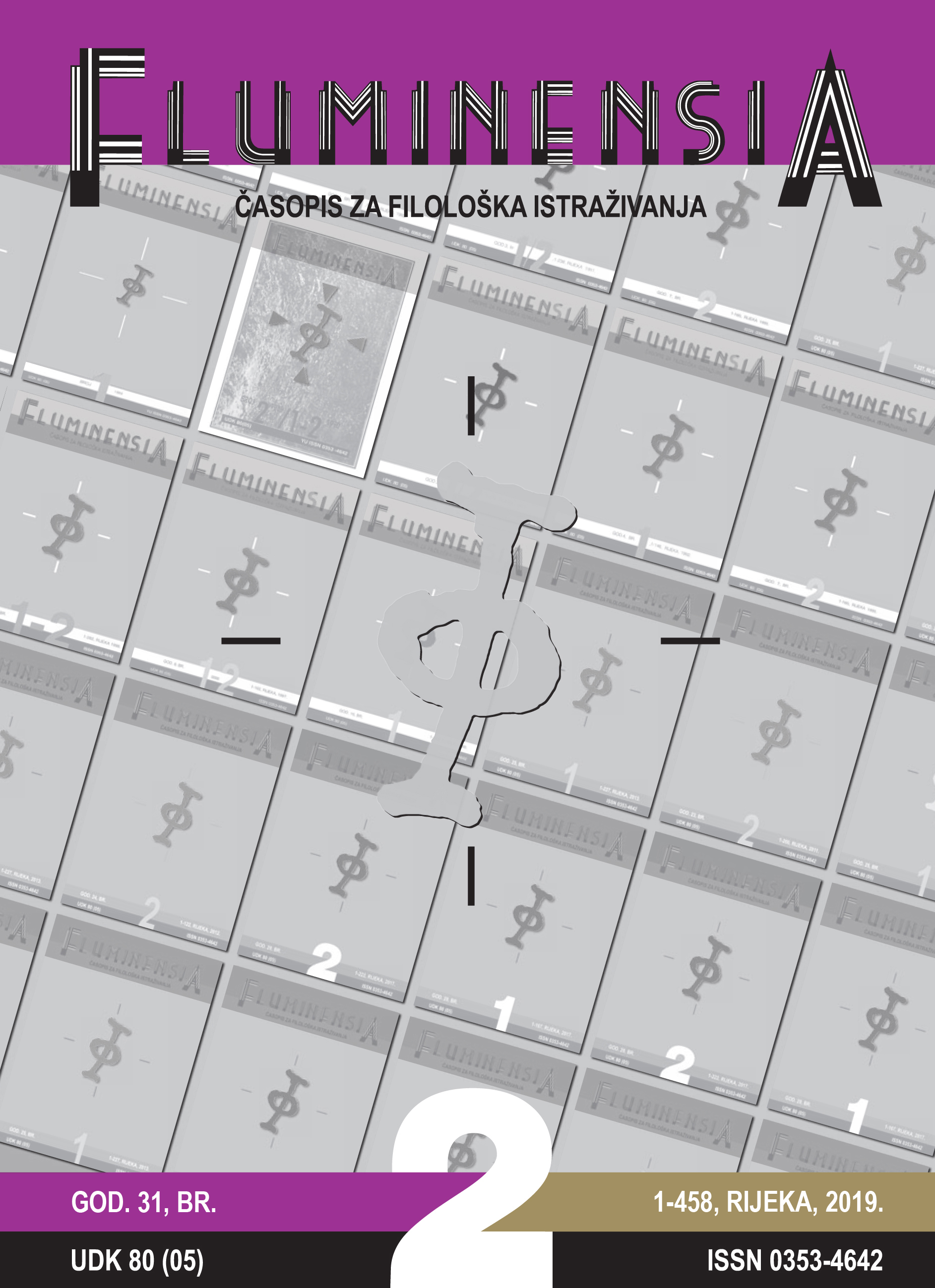About the Local Dialect of Dugi Rat
Keywords:
local dialect of Dugi Ra, phonology, south Čakavian dialect, Čakavian dialect, Čakavian-Štokavian relationsAbstract
Dugi Rat is a newer settlement on the coast between Split and Omiš created by Čakavian speakers that descended from the nearby mountain area, Štokavian speakers from the heartland and also by the workers in the factory of calcium carbide and calcium cyanide who came from different areas. The base layer is Čakavian so the local dialect belongs to the South Čakavian dialect, similar to the local dialects between Podstrana and Omiš. There are some of important phonological features of the local dialect of Dugi Rat obtained from recent field work: Ikavian reflex of *ě (likãr, cvȋt, dvȋ) with a few Ekavian forms (sȇno, zȅnica); the reflex of OCS *ę > a after palatal consonants in several cases (jàzik, zajãt) and *ę > e after other consonants (gréda, télac); the semivowel produces the vowel a (dȃn); we find some examples of Čakavian vocalization of vowels in weak positions (vazẽst); the vocalic l and OCS *ǫ are consistently changed into the vowel u (tȗst, grȗb); examples like rébac, rẽst and krȅst with change ra > re, and grȅb with change ro > re; no phoneme ǯ (žȅp); the existence of ( , ); unstable position of phonemes x (mȋj, bùva, špȁker) and f (vrȉgat, vùrešt/fùrešt); the phoneme j and as reflexes of primary and secondary jotation of the dental d (mȅja, mlȁja, , žẽ ); the sequences *st’ and *zd’, as well as *sk, *zg gave šć ( ), zj/žj (and also ) ( , , grȍzje, ); the *čr sequence is preserved in few cases ( , ); examples such as dojt(i), dojdemo turned into dõ , dõ mo; partial change of ĺ into j (pȍĺe/pȍje); change of -m > -n in final position in grammatical endings and indeclinable words (lavùrān, sȅdan); Čakavian modification of consonant clusters (kȕška, klȕko); the consonant l is preserved in the syllable-final position (sȏl, kȉsel, kȏlca) but not in the singular of masculine nouns in past participle, there are examples such as zvȃ, kúpija, ùkrea; a five accent system (žerȁva, tovȃr, mejãš, žìvot, trážit) with a pre-accentual lenght (žālcȗn I jd.), and postaccentual length (s mȅnūn), but post-accentual lenght is not stable (gȍlub); lengthening of vowels before sonorant consonants (krȏv, kȏń, sȗnce).

